Legg Calve Perthes Disease Dogs
Legg calve perthes disease dogs. It affects male and female dogs equally and often begins as a limp in the affected limb. In dogs it is most often seen in the miniature and toy breeds between the ages of 4 months to a year. Liver Tumors and Cancers in Dogs and Cats.
Lithotripsy in Dogs and Cats. Legg Calvé Perthes disease LCPD is a developmental abnormality that usually affects young small breed dogs. The limping often begins gradually and progresses over a period of several weeks eventually causing the dog to place no weight on the affected leg.
Although the etiology is still uncertain the pathogenesis is very similar to that described in humans. Legg-Calve-Perthes Disease LCPD is a debilitating developmental orthopedic disease that affects toy and miniature breeds of dog. LCPD refers to the spontaneous degeneration of the femoral head the top portion of the femur leg bone.
Signs of Legg-Calve-Perthes Disease in Dogs Lameness or limping that gets gradually worse Stiffness in one or both rear limbs Licking or chewing the skin over the hip area Muscle atrophy in the affected limb Reclusiveness restlessness lethargy anxiety or aggressive behavior due to pain Pain. It is uncommon for Legg-Calve-Perthes to affect both hips an affected dog usually limps on only one rear leg. Lice in Dogs and Cats.
Legg-Calve-Perthes disease also known as LCPD or LCP disease is a developmental orthopedic disease that affects dogs. Linear Foreign Bodies in Dogs and Cats. Most dogs who develop the condition are toy breeds.
The hip is a ball-and-socket joint. Leptospirosis and Your Pet. In the early stages of the disease the bony capital femoral.
Legg-Calve-Perthes Disease is a debilitating condition in dogs that leads to loss of function of one or both rear legs. A CDC Fact Sheet.
Signs of Legg-Calve-Perthes Disease in Dogs Lameness or limping that gets gradually worse Stiffness in one or both rear limbs Licking or chewing the skin over the hip area Muscle atrophy in the affected limb Reclusiveness restlessness lethargy anxiety or aggressive behavior due to pain Pain.
Signs of Legg-Calve-Perthes Disease in Dogs Lameness or limping that gets gradually worse Stiffness in one or both rear limbs Licking or chewing the skin over the hip area Muscle atrophy in the affected limb Reclusiveness restlessness lethargy anxiety or aggressive behavior due to pain Pain. Legg-Calve-Perthes Disease LCP is a disorder of hip joint conformation occurring in both humans and dogs. However it can happen to larger dogs. Legg-Calve-Perthes Disease LCPD is a debilitating developmental orthopedic disease that affects toy and miniature breeds of dog. Mickelson MR McCurnin DM Awbrey BJ Maynard JA Martin RK. With successful treatment the outlook for a dog with Legg-Perthes. Although the etiology is still uncertain the pathogenesis is very similar to that described in humans. A comparison to human Legg-Culvé-Perthes disease. It usually occurs in miniature and toy breeds of dogs between the ages of four months and a year of age in its classic form but sometimes occurs as a traumatic problem in older dogs or bigger breeds.
Diagnosis with physical examination and medical imaging is relatively easy. Liver Tumors and Cancers in Dogs and Cats. Legg Calvé Perthes disease LCPD is a developmental abnormality that usually affects young small breed dogs. It occurs most commonly in toy and miniature breeds when the dogs are between 4 months and 1-year-old with the highest risk occurring around the age of 7 months. Mickelson MR McCurnin DM Awbrey BJ Maynard JA Martin RK. The only easily observable indications of this condition are pain lameness and muscle atrophy of the hip joint. LCPD refers to the spontaneous degeneration of the femoral head the top portion of the femur leg bone.




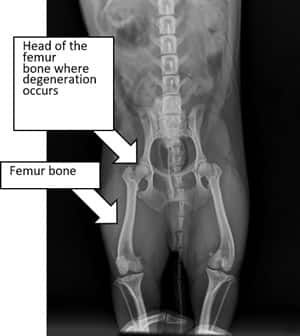




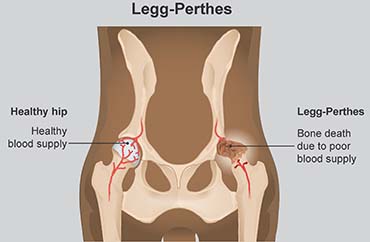
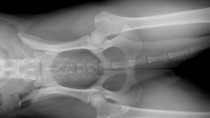
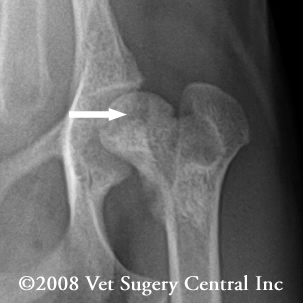
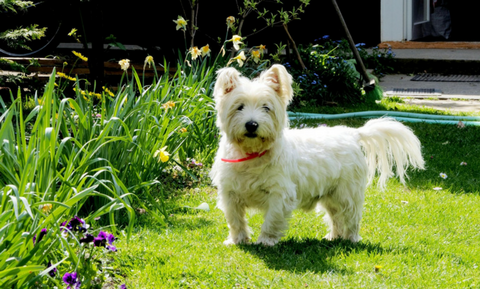
:max_bytes(150000):strip_icc()/GettyImages-693993226-0b8ea8a16d794265b7dba9adacb16754.jpg)


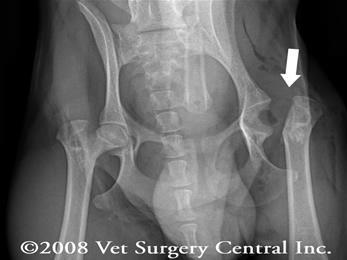
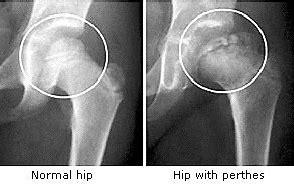

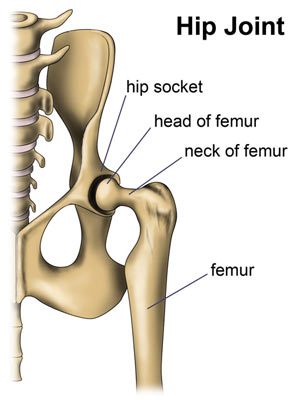
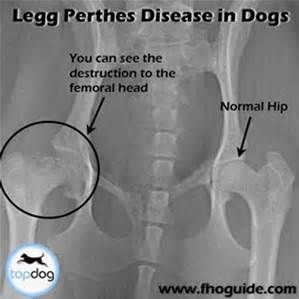
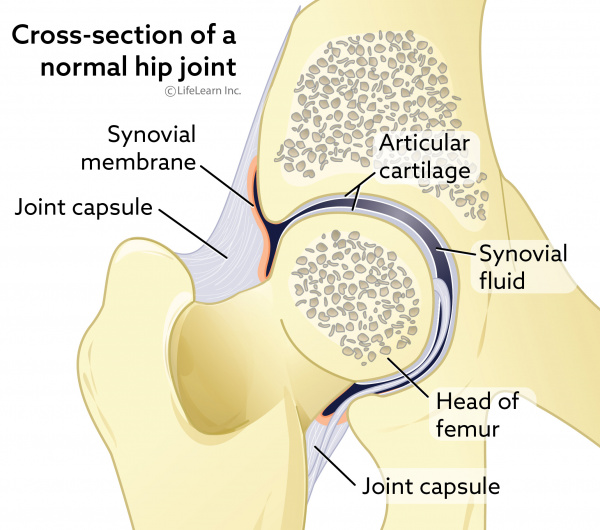

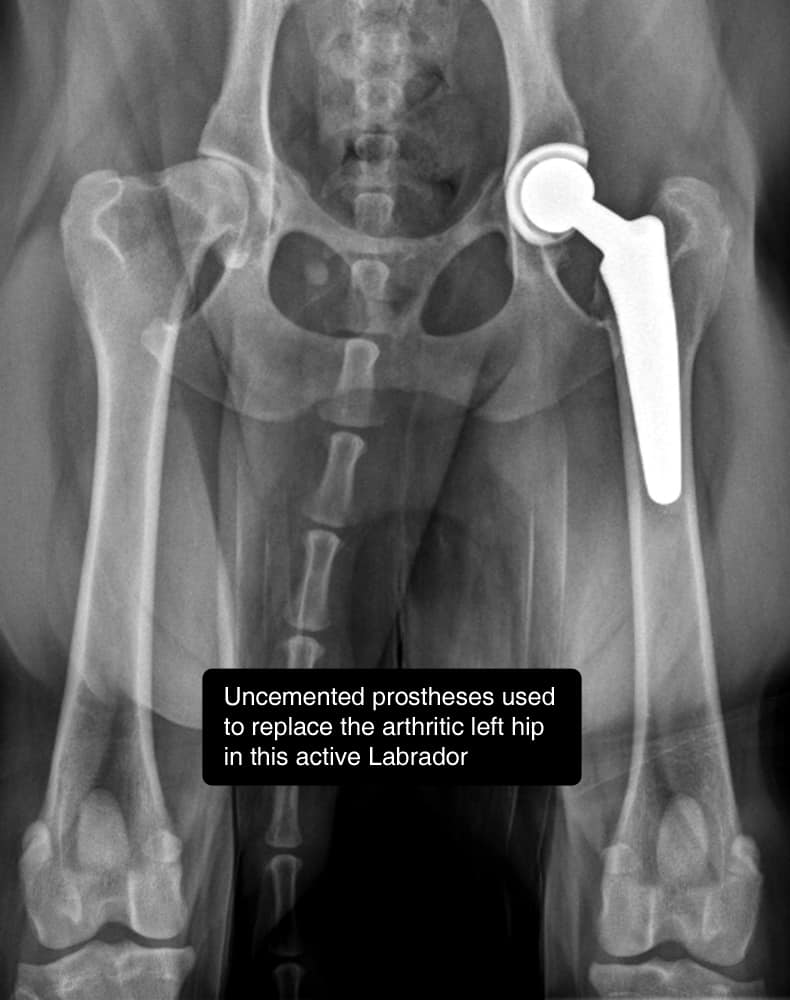




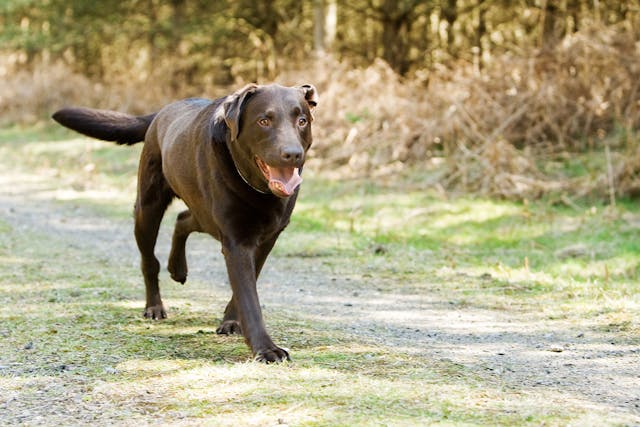








Post a Comment for "Legg Calve Perthes Disease Dogs"